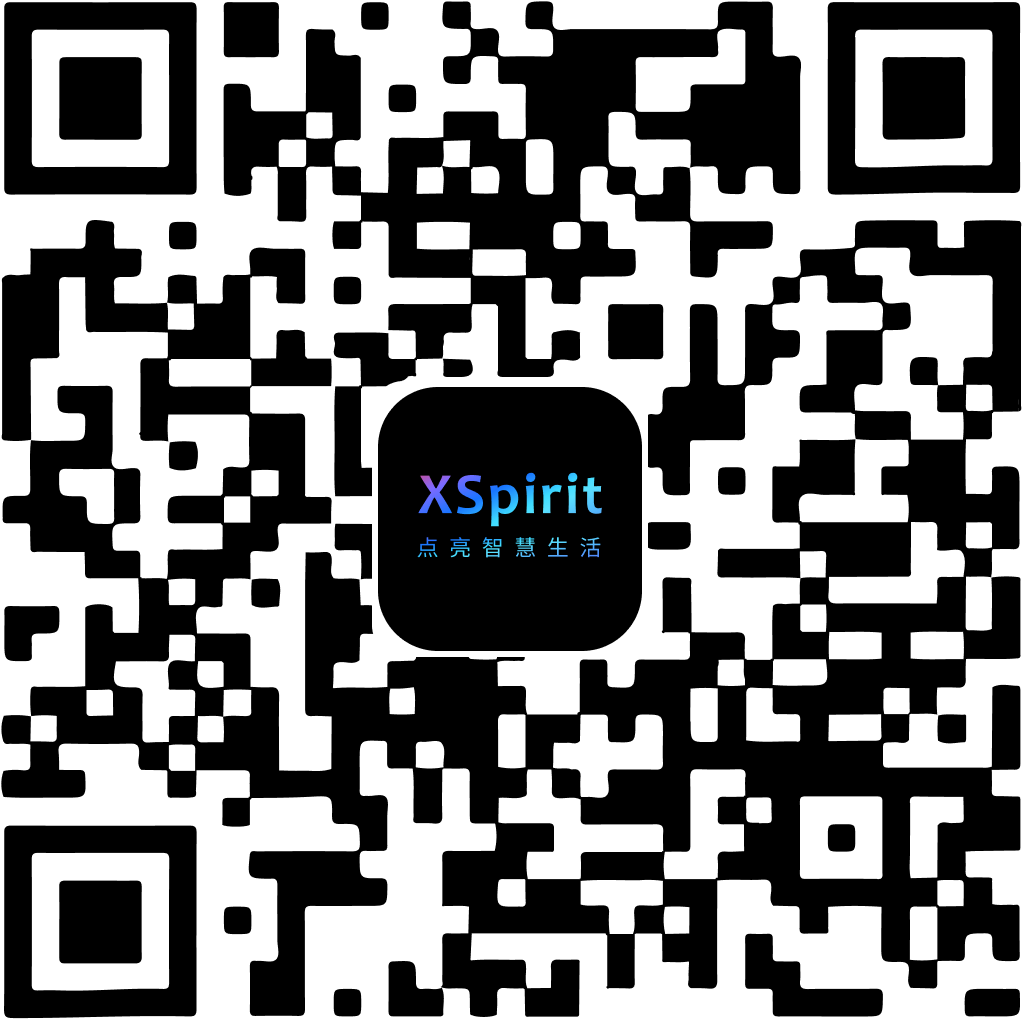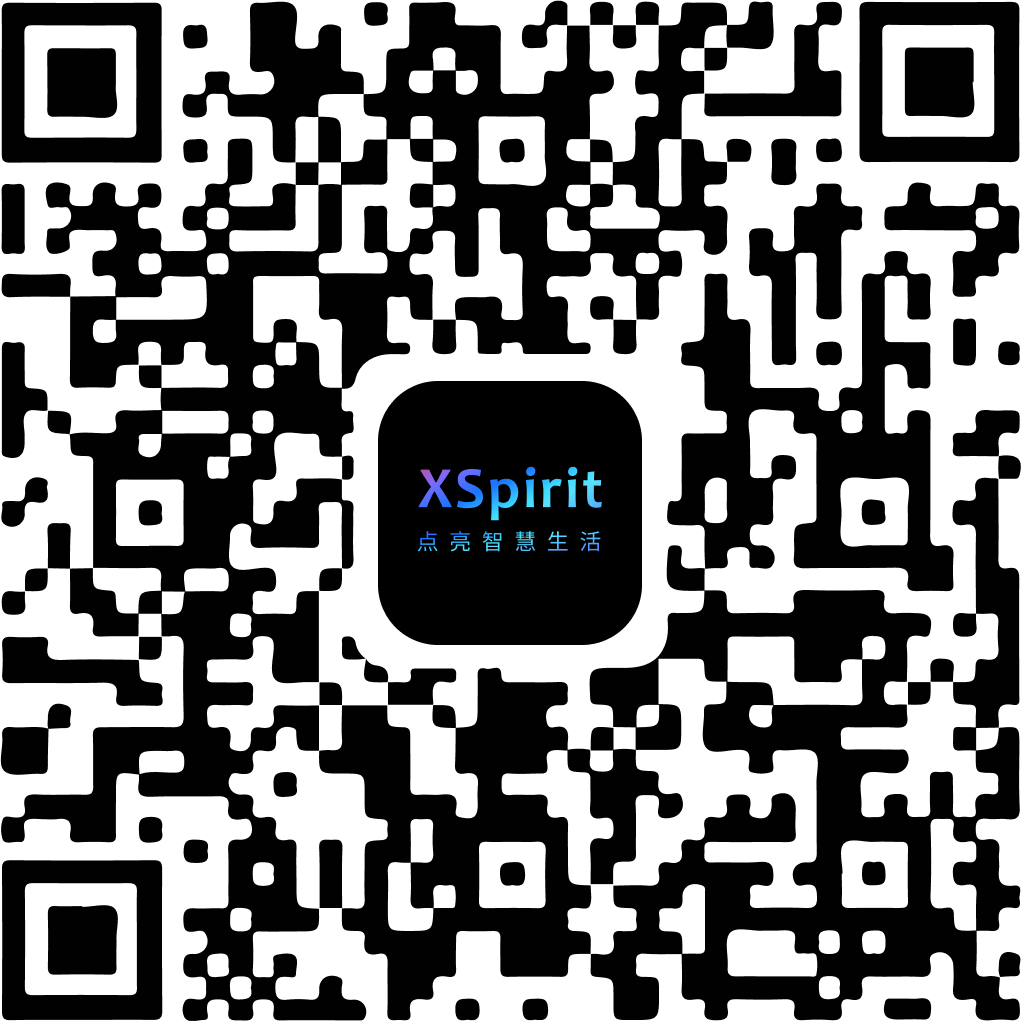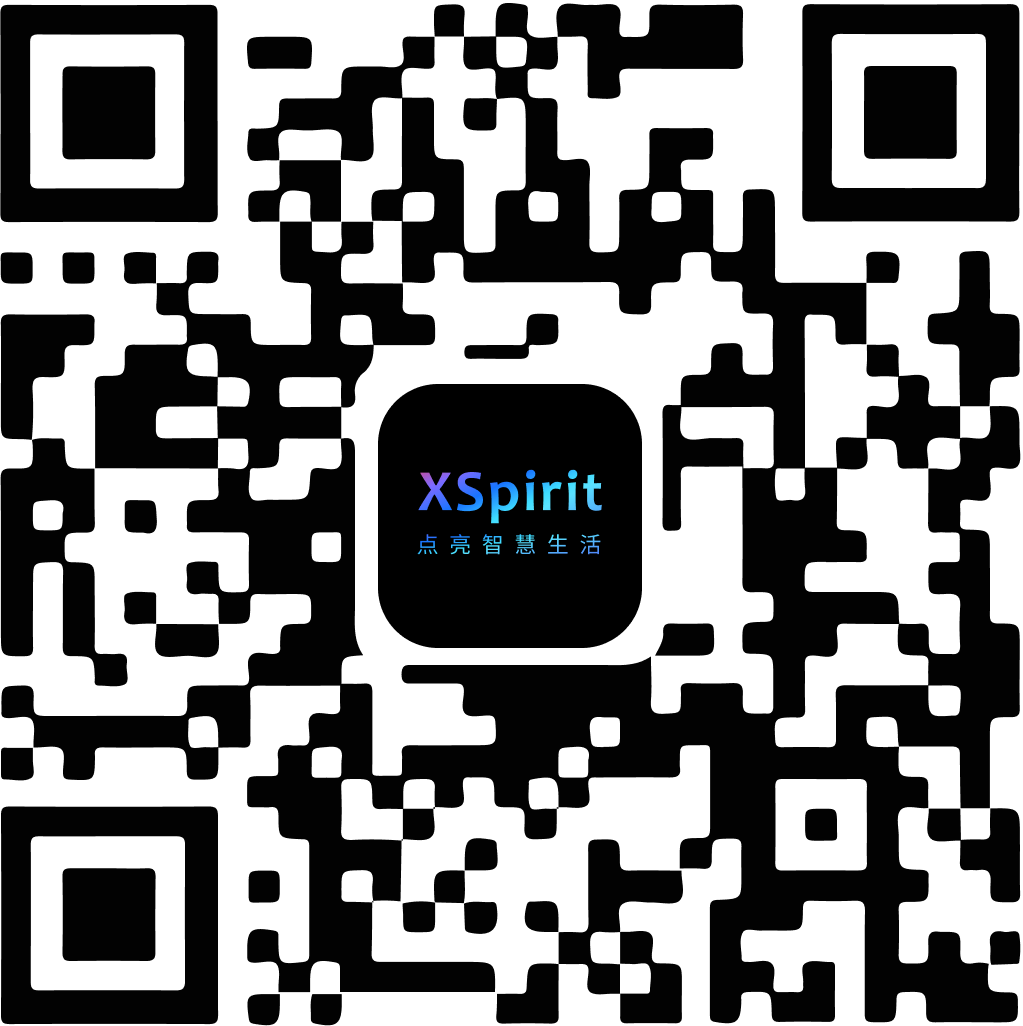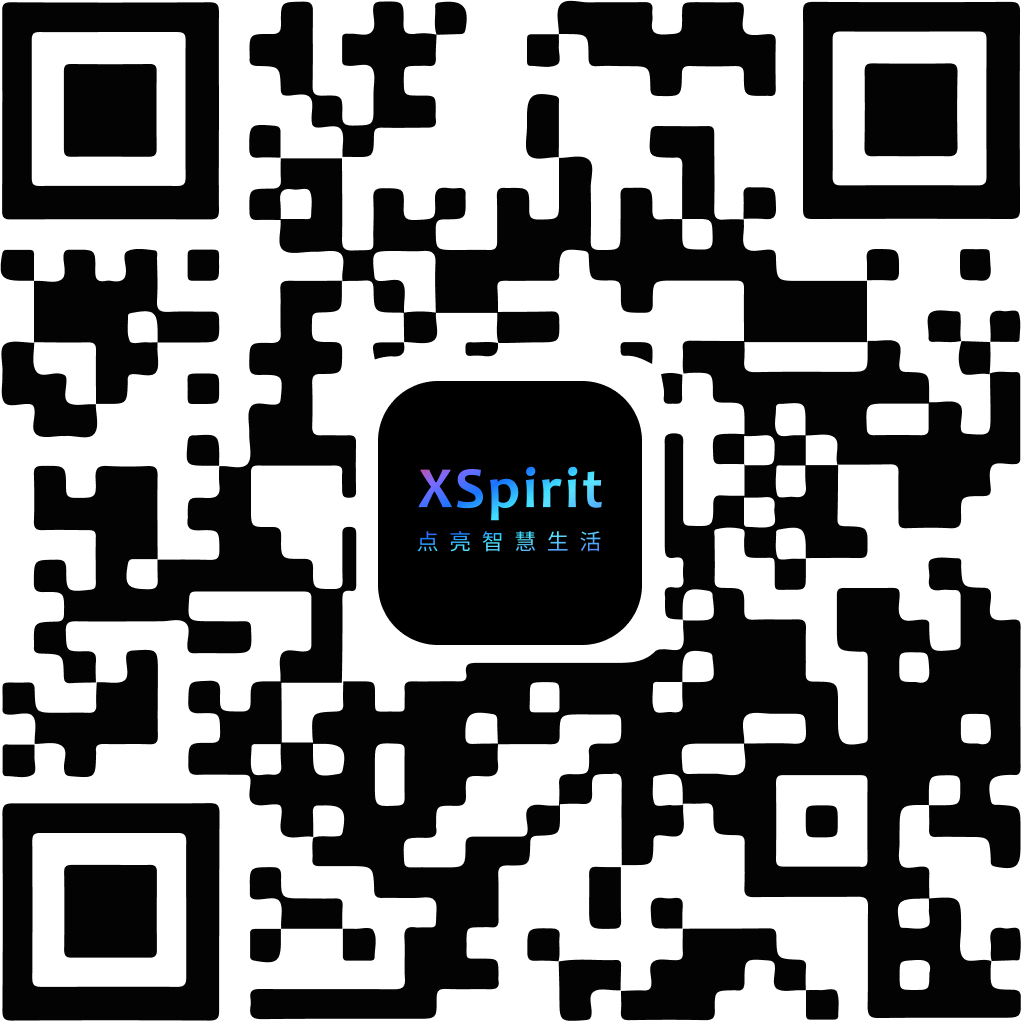LightKV : Light transaction Key/Value database
This module is a transactional (ACID) Key / Value database. This database consumes a lot of memory cache when in use, it is recommended not to exceed 100,000 records.
User can use the following code to import the LightKV module.
var LightKV = require('lightkv');
Support
The following shows LightKV module APIs available for each permissions.
| User Mode | Privilege Mode | |
|---|---|---|
| LightKV | ● | ● |
| kv.close | ● | ● |
| kv.has | ● | ● |
| kv.set | ● | ● |
| kv.get | ● | ● |
| kv.delete | ● | ● |
| kv.begin | ● | ● |
| kv.commit | ● | ● |
| kv.rollback | ● | ● |
| kv.keys | ● | ● |
| kv.values | ● | ● |
| kv.entries | ● | ● |
| kv[Symbol.iterator] | ● | ● |
| kv.forEach | ● | ● |
| kv.toMap | ● | ● |
| kv.fillin | ● | ● |
LightKV Class
new LightKV(fileName[, flags[, type]])
fileName{String} Database file name.flags{String} Open flags. default:'c+'.type{Integer} Database default value type. default: LightKV.BUFFER.- Returns: {Object} Database object.
Open a database using the specified method. flags can be:
flags | Description |
|---|---|
r | Opens database for reading. Fail if the database does not exist. |
r+ | Opens database for reading and writing. Fail if the database does not exist. |
c+ | Creates or opens database for reading and writing. Create database if it is not exists. |
When fileName is ':memory:', it means creating an anonymous in-memory database.
type can choose from the following type:
LightKV.STRING{Integer} The data stored in the database is aString.LightKV.OBJECT{Integer} The data stored in the database is aObject.LightKV.BUFFER{Integer} The data stored in the database is aBuffer.
Open or create a new LightKV database. If the type parameter exists, the kv.get() function will use this type to get the corresponding content by default.
Example
var kv = new LightKV('xxx', 'c+', LightKV.OBJECT);
LightKV Object
kv.close()
Close the database, the iterator that is in use after the database is closed will no longer be able to use.
kv.has(key)
key{String} | {Number} Keyword.- Returns: {Boolean} Whether the value of the specified key exists.
Get whether the value of the specified key exists.
kv.set(key, value)
key{String} | {Number} Keyword.value{String} | {Object} | {Buffer} Value.
Insert or rewrite a record. If there is value with the same key before, the previous value will be overwritten.
kv.get(key[, type])
key{String} | {Number} Keyword.type{Integer} Database default value type. default: used type when constructing this object.- Returns: {String} | {Object} | {Buffer} Value. If the value specified by
keydoes not exist, returnundefined.
Example
kv.set('k1', { foo: 'bar1' });
kv.set('k2', { foo: 'bar2' });
if (kv.has('k1')) {
console.log(kv.get('k1').foo);
}
if (kv.has('k2')) {
console.log(kv.get('k2').foo);
}
kv.delete(key)
key{String} | {Number} Keyword.- Returns: {Boolean} Return
trueif there is a record and deleted, otherwise returnfalse. EdgerOS 1.4.2 and later versions add this return value.
Delete a specified record by key.
kv.begin()
Begin a write-transaction on this database. If a write-transaction has already been opened, this function is a no-op.
When the write-transaction is not opened, all set() operations will be automatically commit. When the write-transaction is opened, all set() will be commit at commit() or discarded at rollback().
kv.commit()
Commit all changes to the database.
kv.rollback()
Rollback a write-transaction on this database. If a write-transaction is open, then all changes made within the transaction are reverted and the current write-transaction is closed.
Example
kv.begin();
kv.set('hanhui', { foo: 'bar1' });
kv.set('liping', { foo: 'bar2' });
kv.commit(); // Commit hanhui and liping key's value
kv.begin();
kv.set('hanhui', { foo: 'bar3' });
kv.set('liping', { foo: 'bar4' });
kv.rollback(); // Reverted.
kv.keys()
- Returns: {Iterator} Iterator object.
The keys() method returns a new Iterator object that contains the keys for each element in this database.
Example
var kv = new LightKV('xxx', 'c+', LightKV.STRING);
kv.set('0', 'foo');
kv.set('1', 'bar');
const it = kv.keys();
console.log(it.next().value);
// expected output: "0"
console.log(it.next().value);
// expected output: "1"
kv.values()
- Returns: {Iterator} Iterator object.
The values() method returns a new Iterator object that contains the values for each element in this database.
Example
var kv = new LightKV('xxx', 'c+', LightKV.STRING);
kv.set('0', 'foo');
kv.set('1', 'bar');
const it = kv.values();
console.log(it.next().value);
// expected output: "foo"
console.log(it.next().value);
// expected output: "bar"
kv.entries()
- Returns: {Iterator} Iterator object.
The entries() method returns a new Iterator object that contains the [key, value] pairs for each element in this database. In this particular case, this iterator object is also an iterable, so the for-of loop can be used. When the protocol [Symbol.iterator] is used, it returns a function that, when invoked, returns this iterator itself.
Example
var kv = new LightKV('xxx', 'c+', LightKV.STRING);
kv.set('0', 'foo');
kv.set('1', 'bar');
const it = kv.entries();
console.log(it.next().value);
// expected output: ['0', "foo"]
console.log(it.next().value);
// expected output: ['1', "bar"]
kv[Symbol.iterator]()
- Returns: {Iterator} Iterator object.
The [Symbol.iterator] method returns a new Iterator object that contains the values for each element in this database.
Example
var kv = new LightKV('xxx', 'c+', LightKV.STRING);
kv.set('0', 'foo');
kv.set('1', 'bar');
for (var value of kv) {
console.log(value);
}
// expected output: "foo", "bar"
kv.forEach(callback[, thisArg])
callback{Function} Iterative callback function.value{String} | {Object} | {Buffer} Value.key{String} | {Number} Keyword.kv{Object} This database object.
thisArg{Object} Thethisobject bound when the callback function is called. default: no binding.
Traversing the database, similar to other objects *.forEach() calls.
kv.toMap()
- Returns: {Map} Map object.
Store all the contents of the database in a Map object.
kv.fillin(map)
map{Map} Map object.
Fill all the contents of the map object into the database.




 陕公网安备61019002002605号
陕公网安备61019002002605号